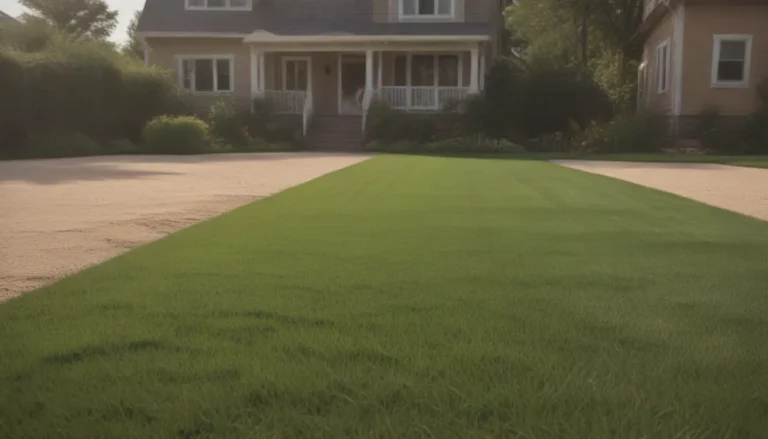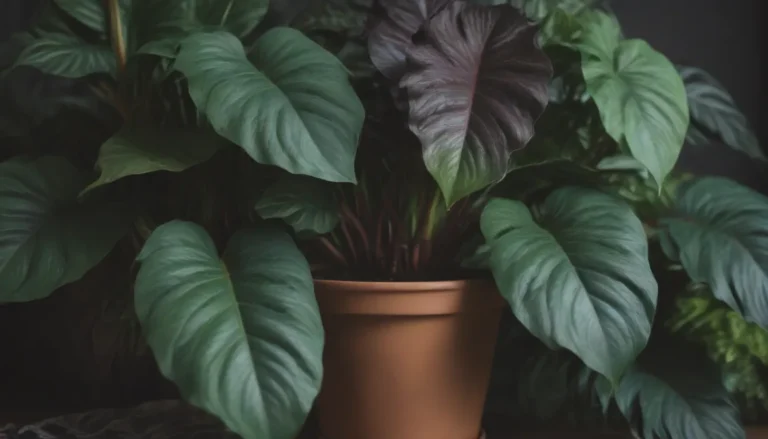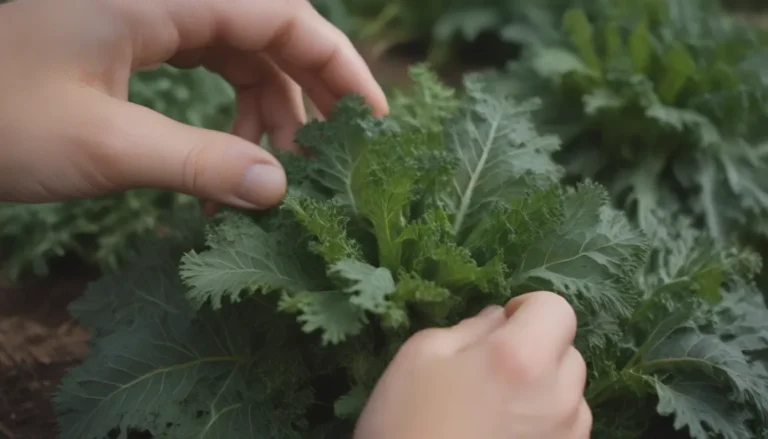Everything You Need to Know About Growing and Caring for Bluebeard Plants

Welcome to the ultimate guide on how to grow and care for bluebeard plants, also known as blue mist! If you’re looking to add a pop of color to your garden with stunning blue flowers, bluebeard is the perfect choice. In this comprehensive article, we’ll cover everything from the different types of bluebeard plants to essential care tips and common problems you may encounter. So let’s dive in and learn how to cultivate these beautiful blue blooms in your own backyard.
The Beauty of Bluebeard Plants
Bluebeard, scientifically known as Caryopteris x clandonensis, is a unique plant that produces truly blue flowers—a rare sight in the botanical world. This plant is a hybrid of C. incana and C. mongholica, resulting in several popular cultivars with compact size and soft gray foliage. The narrow silvery-gray leaves resemble those of willow, while small pale blue flowers adorn the plant from midsummer into fall.
Bluebeard is versatile and can be grown as a deciduous shrub or woody perennial, depending on the climate. Whether you have a small garden or a larger landscape, bluebeard plants are a great choice to add a touch of blue to your outdoor space.
Bluebeard Care Guide
To ensure your bluebeard plants thrive and bloom beautifully, here are some essential care requirements to keep in mind:
Light
- Plant bluebeard in full sun areas for the best blooms.
- While they can tolerate some shade, flowering may be reduced.
- Bluebeard may bloom later in the season if planted in a shady location.
Soil
- Bluebeard prefers medium-moisture, well-draining soil.
- They can adapt to moderately arid conditions once established but dislike wet, poorly drained soils.
- Bluebeard thrives best in neutral soil pH but can tolerate slightly acidic or slightly alkaline conditions.
Water
- Bluebeard plants are drought-tolerant but require regular watering when young.
- Once established, they don’t need supplemental watering unless experiencing a dry season.
Temperature and Humidity
- Bluebeard is hardy in USDA zones 6b to 9a, with the northern range experiencing die back in winter.
- This fast-growing shrub blooms on new growth from the current year.
Fertilizer
- Bluebeard plants are not heavy feeders and thrive with organic matter mixed into the planting hole.
- Side dressing with compost is preferred over chemical fertilizers to avoid a leafy plant with fewer blooms.
Types of Bluebeard Plants
There are several popular varieties of bluebeard commonly used in landscapes, including:
– Caryopteris x clandonensis ‘Dark Knight’
– Caryopteris x clandonensis ‘Sunshine Blue’
– Caryopteris x clandonensis ‘Pink Chablis’
– Caryopteris x clandonensis ‘Longwood Blue’
– Caryopteris x clandonensis ‘Worcester Gold’
Pruning Tips
- To maintain plant shape and encourage flowering, cut bluebeard plants down by at least half in early spring.
- Prune out any dead wood in the center as the plant ages.
- Remove dead stalks in spring if plants die back in winter in zones 6 and 7.
Propagating Bluebeard Plants
- Bluebeard may self-seed, and volunteers can be transplanted as desired.
- Propagate through softwood cuttings in late spring for new plant growth.
How to Get Bluebeard to Bloom
- Bluebeard plants bloom well with sufficient sunlight.
- Avoid over-fertilizing, which can lead to leafy growth at the expense of flowers.
Common Pests and Diseases
- Bluebeard may be affected by the fourlined plant bug, causing mottled foliage.
- Control bugs with insecticidal soap, horticultural oil, or neem oil.
- Watch out for crown rot, a fungal disease that occurs in dense, wet soil.
Bluebeard’s Blooming Beauty
Bluebeard typically blooms from late summer to fall, with bright blue flowers in axillary cymes clusters resembling mist or clouds of smoke. While known for its blue blooms, there are also purple and pink hybrids available. The fragrant flowers attract hummingbirds, bees, butterflies, and birds that feed on the seeds in the fall. Bluebeard flowers have a light, sweet fragrance, and the leaves emit a pleasant eucalyptus scent.
How to Encourage More Blooms
- Regular deadheading of spent flower heads stimulates continued blooming for a lush display.
Common Problems with Bluebeard Plants
While bluebeard is a hardy and low-maintenance plant, there are a few common issues to look out for:
Branch Dieback
- Brown, brittle stems and dieback may indicate crown rot, a fungal disease from overly wet soil.
- Prevent crown rot by amending soil for better drainage before planting.
Volunteer Plants
- Bluebeard self-seeds generously, requiring routine removal of volunteer seedlings.
- Deadhead spent flowers to minimize seed production and maintain garden control.
Final Thoughts on Bluebeard Plants
In conclusion, bluebeard plants offer a unique and striking addition to any garden with their stunning blue flowers and easy care requirements. Whether you’re a seasoned gardener or a beginner looking to enhance your outdoor space, bluebeard is a fantastic choice for a colorful and fragrant landscape. With the right care and attention, your bluebeard plants will thrive and bring joy for many years to come.
Remember to review plant labels carefully when purchasing bluebeard varieties to ensure you select the right species for your garden. Enjoy the beauty of bluebeard blooms and create a vibrant outdoor oasis with these lovely and resilient plants. Happy gardening!
By expanding and enriching the original article with additional tips, information, and a conversational tone, we’ve created a more in-depth guide to help readers successfully grow and care for bluebeard plants. This comprehensive resource aims to educate and entertain garden enthusiasts while providing valuable insights into cultivating these beautiful blue blooms. Enjoy your gardening journey with bluebeard plants!





